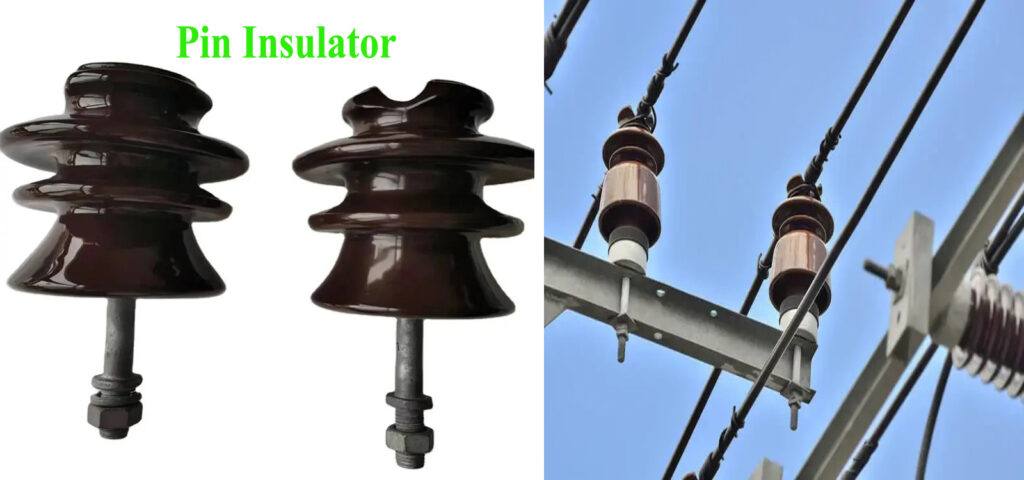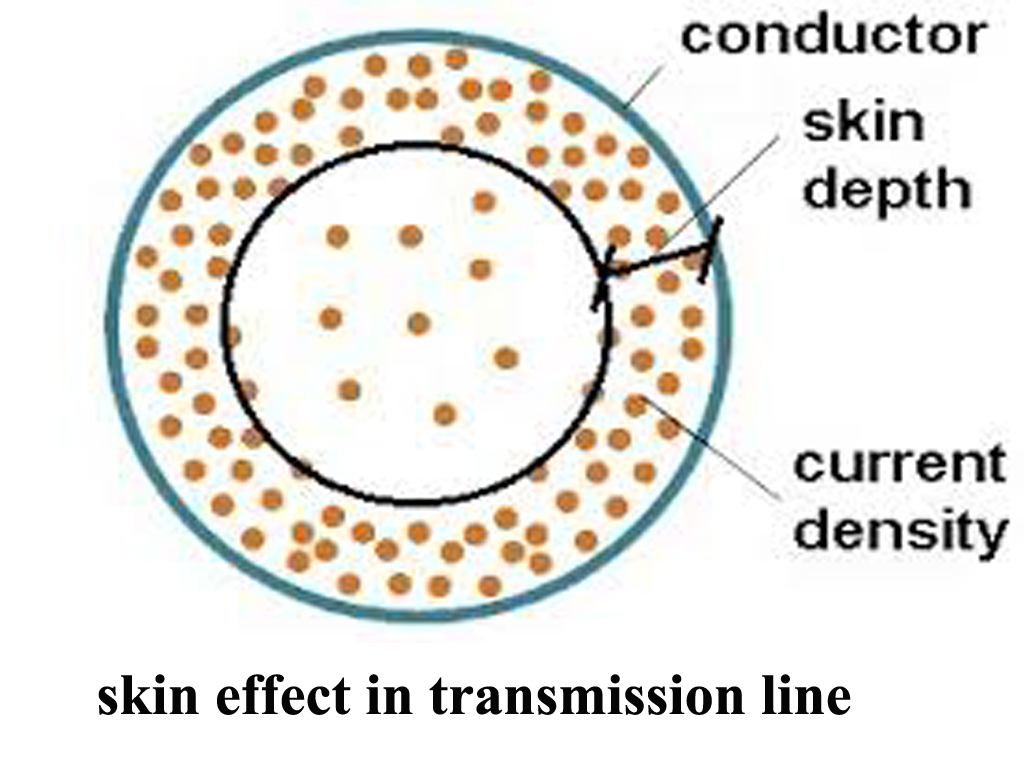High-voltage transmission is used in power systems for several critical reasons, primarily related to efficiency and cost-effectiveness when transporting large amounts of electricity over long distances Here’s an in-depth explanation of why high-voltage transmission is used:
Reduced Power Loss:
The most significant reason for using high-voltage transmission is the reduction in power loss due to the resistance of the transmission lines. Power loss is proportional to the square of the current (I2R). By increasing the voltage (V), for a given amount of power (P=VI), the current (I=P/V) decreases proportionally. This means that the I2R losses are drastically reduced with high-voltage transmission, making the system much more efficient.
Smaller Conductor Sizes:
Lower current in high-voltage transmission lines allows for the use of smaller diameter conductors. The current-carrying capacity of a conductor dictates its required size. Since high-voltage transmission reduces the current, thinner and lighter cables can be used without overheating or excessive voltage drop. This leads to significant cost savings in terms of conductor material and the supporting infrastructure (towers, etc.) for high-voltage transmission
Increased Transmission Efficiency:
The reduction in power loss directly translates to increased transmission efficiency. With high-voltage transmission, a larger percentage of the generated power reaches the consumers, minimizing the need for power plants to produce excess electricity to compensate for losses during high-voltage transmission.
Lower Infrastructure Costs:
While the initial cost of transformers needed for stepping up and stepping down the voltage for high-voltage transmission can be significant, the savings from using smaller conductors and fewer transmission lines (as high-voltage transmission allows carrying more power per line) often outweigh these costs, especially over long distances associated with high-voltage transmission. The lighter conductors also require less robust and thus less expensive support structures for high-voltage transmission.
Minimized Voltage Drop:
High-voltage transmission helps in minimizing the voltage drop along the transmission lines. Voltage drop is proportional to the current and resistance (Vdrop=IR). By reducing the current through high-voltage transmission, the voltage at the receiving end is closer to the sending end voltage, ensuring a more stable and reliable power supply.
Long-Distance Power Transfer:
High-voltage transmission is crucial for the economic viability of transporting electricity from remote power generation facilities (like large hydro-power plants or wind farms located far from demand centers) to urban areas. Without high-voltage transmission, it would be impractical and extremely expensive to deliver power over such long distances due to excessive losses.
Reduction of Heating Effect:
High-voltage transmission reduces the heating effect in conductors. This is particularly important because excessive heating can lead to damage to electrical equipment and components. Using high voltage instead of low voltage helps mitigate this issue.
Voltage Step-up and Step-down:
High-voltage transmission works in tandem with step-up and step-down transformers. The voltage can be stepped up at the power station for transmission and then stepped down at substations near consumption areas for safe and practical use. High-voltage transmission allows the effective integration of these systems to ensure power reaches end-users in a manageable form.
Grid Stability:
High-voltage transmission contributes to the overall stability of the electrical grid by providing a reliable means of transferring power across different regions. This ensures that power shortages or surpluses in one area can be balanced by resources from another area, helping maintain a consistent supply of electricity.
Power Quality and Voltage Regulation:
High-voltage transmission helps maintain consistent voltage levels across long distances, ensuring that power quality remains stable. Voltage fluctuations are minimized, which is crucial for both industrial applications and sensitive consumer electronics that rely on a stable power supply.
Handling High Demand:
High-voltage transmission allows power systems to handle high electricity demand by distributing larger amounts of electricity efficiently. This ensures that urban centers and industrial zones with high power needs receive an uninterrupted supply.
Support for Renewable Energy:
High-voltage transmission is increasingly important in facilitating the integration of renewable energy sources like wind and solar into the grid. These sources are often located in remote areas, and high-voltage transmission lines are essential for transferring the power generated to populated areas where demand is high.
In conclusion, high-voltage transmission is integral to modern power systems because it enhances efficiency, reduces power losses, supports economic distribution, and ensures grid stability. The primary driver for high-voltage transmission in power systems is to minimize energy losses during the long-distance transport of electricity. This leads to significant economic and efficiency benefits, including reduced conductor material, lower infrastructure costs, improved system efficiency, and the feasibility of transmitting large amounts of power over vast distances, all made possible by high-voltage transmission. The advantages of high-voltage transmission are fundamental to the operation of modern power grids

